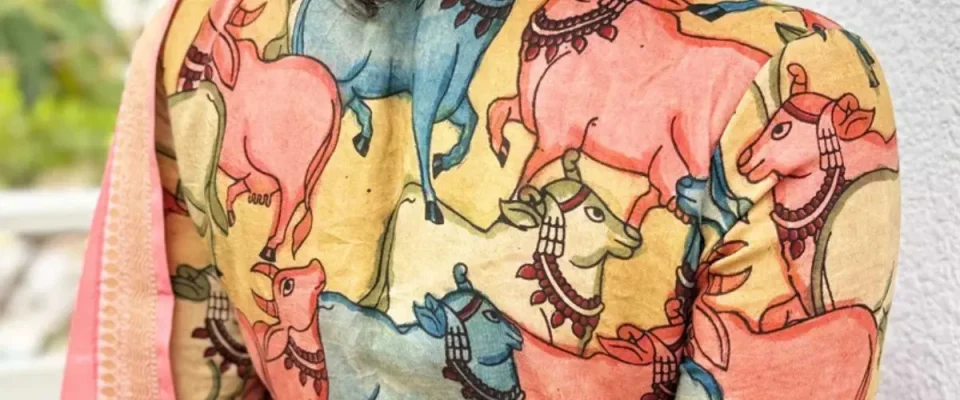Long before fast fashion and synthetic blends, India was weaving magic with natural dyes, human hands, and unmatched patience. These ancient textiles tell a story of timeless style and sustainability.
Before “eco-conscious clothing” became a buzzword, before runways started boasting about sustainability, India was already weaving masterpieces that were slow, ethical, and rooted in the land. For centuries, communities across the subcontinent have crafted textiles not in factories but in courtyards, under neem trees, beside riverbanks — with skills passed down through generations, not downloaded from design schools.
These were not just fabrics. They were stories dyed with natural pigments, shaped by regional identities, and touched by hands that understood patience. From airy muslin that once dressed emperors to Ajrakh prints soaked in desert tradition, these textiles weren’t chasing trends. They defined tradition. In a world drowning in disposable fashion, these age-old techniques stand tall — timeless, relevant, and beautifully resistant to fading away. Here’s a look at five such textiles that continue to beat fast fashion at its own game.
1. Kalamkari – Andhra Pradesh and Telangana
Kalamkari dates back over 3,000 years, with roots in the temple towns of Machilipatnam and Srikalahasti. Kalamkari has made its way into urban wardrobes as block-printed kurtas, dupattas, sarees, and even home furnishings. The designs may be trendier now, but the process remains rooted in age-old wisdom. Kalamkari is dyed with natural, plant-based pigments and follows a water-efficient process with minimal machinery. It’s handmade, non-toxic production supports rural artisans and eco-conscious fashion practices.
2. Ajrakh – Gujarat and Sindh (Now in Pakistan)
Believed to have originated over 4,000 years ago in the Indus Valley Civilization, Ajrakh continues to thrive in Kutch and Sindh. Ajrakh now features on sarees, stoles, shirts, and bedsheets. Designers are blending it with modern silhouettes while keeping the eco-friendly essence intact. Ajrakh uses natural dyes and sun-bleaching, eliminating harmful chemicals and energy use. It supports rural artisan communities, preserving traditional ecological knowledge.
3. Muslin – Bengal (Now Bangladesh and Bengal)
Muslin, especially Dhaka Muslin, was at its peak during the Mughal period (16th–18th century), though references date back to the sixth century BCE. Muslin is made from organic cotton, hand-spun and woven with minimal energy use. The ultra-fine texture requires no heavy processing or machinery, supporting eco-friendly craft revival and local economies.
4. Chikankari – Lucknow, Uttar Pradesh
Chikankari is an embroidery believed to have been introduced by Nur Jahan, Mughal Empress and wife of Jahangir, in the 17th century. Chikankari involves over 30 types of stitches like phanda, murri, and bakhiya, all done by hand. Artisans often draw the design in washable ink and embroider over it using white thread on soft fabric. Chikankari promotes slow fashion through its unique hand embroidery on breathable, natural fabrics like cotton and muslin. It empowers women artisans and reduces carbon footprint through low-impact processes.
5. Patan Patola – Gujarat
Patan Patola originated in the 11th century in Patan, Gujarat, where Salvi weavers moved from Maharashtra with royal patronage. Patola is a double ikat — both warp and weft threads are tie-dyed separately before weaving. It can take six months to a year to complete just one saree. The colours don’t fade, and the design appears identical on both sides. Patola sarees are made with natural dyes and handwoven on traditional looms. The intricate, time-intensive process supports craft longevity, slow fashion, and zero-waste artistry passed down for generations.
News Courtesy : The better india

